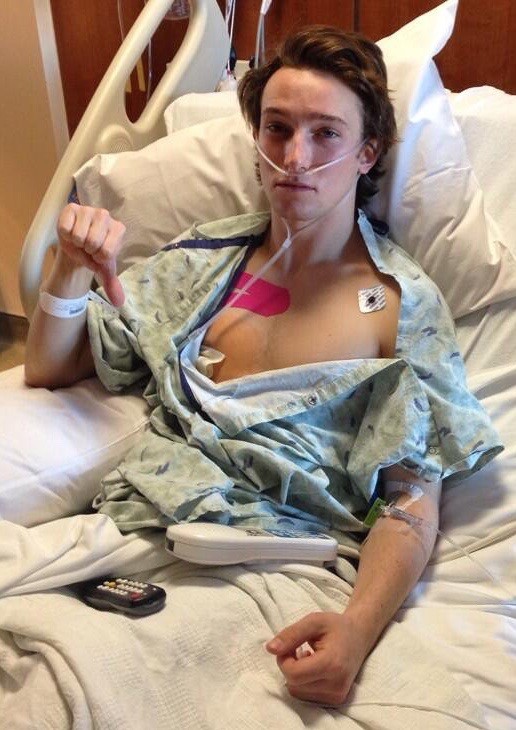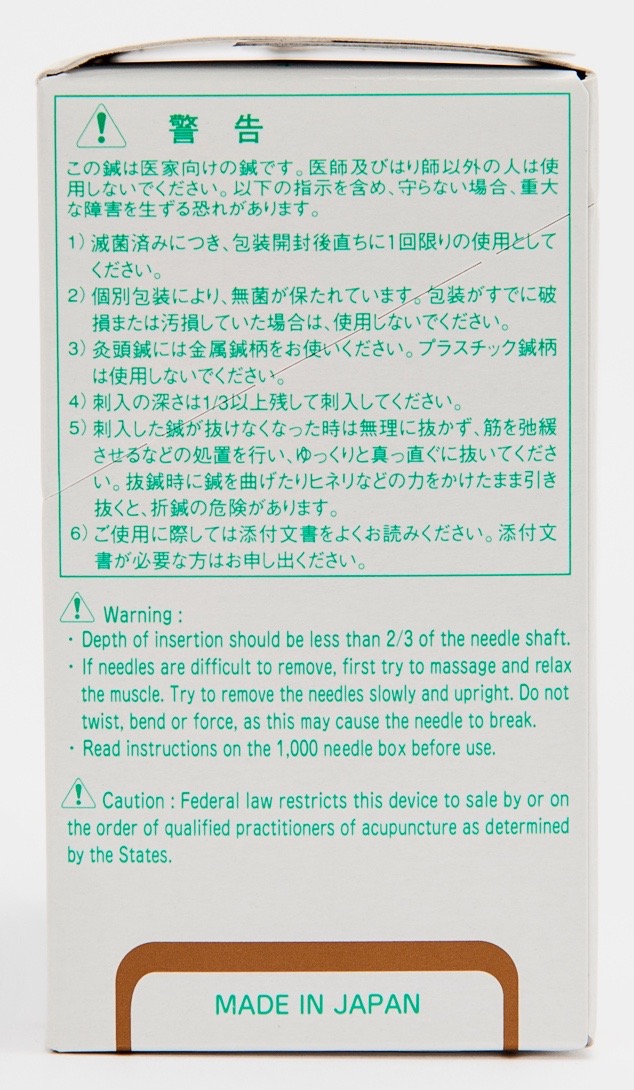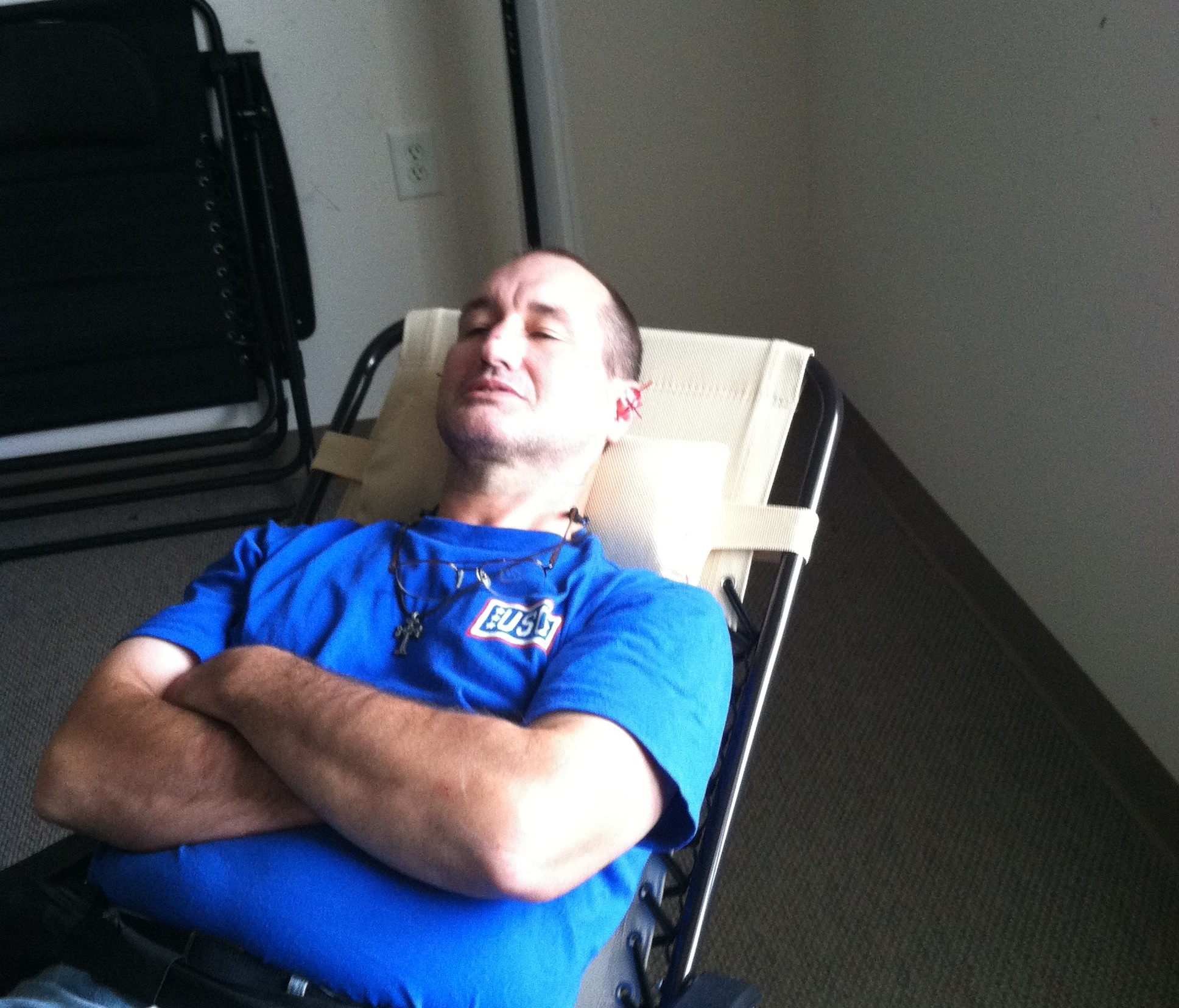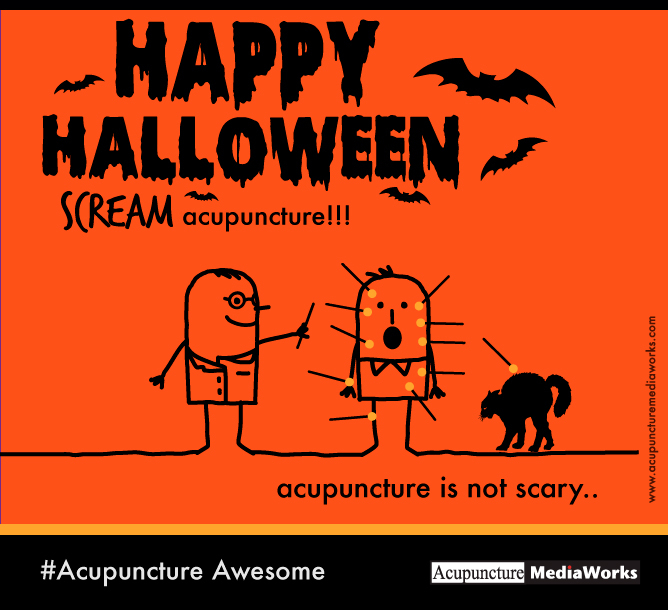- Proudly Caring for VETERANS
- To the Point Healthcare2186 Lynn Rd
Suite A
Columbus, NC. 28722828-817-4734 Monday - Friday 9am - 6pm
Weekend and Evening hours available on requestVisit our Facebook page
- Testimonials
Love Cynthia….i have only had 2 sessions thus far & the second session was great…it helped me so much cause she actually listened to my concerns & our plan of care this week helped so much…the week before (my first session) was not as dramatic as i anticipated but think that had mostly to do with my own state of mind…Cynthia is a kind & caring provider & i trust her with helping me achieve all of my health goals…i
... Read more »These treatments have really effected my life in a positive way. Also very enjoyable and relaxing! Thank you! Jennifer C. 7/15/2016
I had a wonderful experience and successful outcome at To The Point Healthcare. Cynthia is kind, knowledgeable and proficient. I would not hesitate to recommend her to friends and family. Geri L 11/17/2016
The first time I came I had back and heart issues, also poor circulation. So much so I looked like a ghost. Cynthia has brought my color back thru better blood circulation and I feel so much better. Thanks so much Cynthia. James Jones 8/26/2016
After several visits I know I am in the very competent hands of a caring health provider. Cynthia’s approach treats the whole person, which makes so much sense. My sinus and other problems are clearly improved and I am now aware of various ways I can work on improving my overall health and immune system. I am grateful to the kind person who recommended Cynthia to me! Pat G. 11/28/2016
Cynthia is a great listener, which, I believe, to be THE critical issue missing in quality health care. Her ability to listen makes her ability to provide the optimal treatment for your particular issue. Highly recommend! Leah R. 6/2016
I signed up for the acupuncture treatment and I was super satisfied with the results. I was expecting it to be something that would hurt because of the use of needles however, this is not the case I actually enjoy getting treatments. Cynthia is amazing at what she does and she always makes me feel comfortable and relaxed! I highly recommend To the Point Healthcare it has been a big part of my recovery. Kayla R 1/2017
Was a very pleasant experience. Felt a difference after treatments. Would recommend to anybody who has these type of problems. Reggie D 8/19/2015
After only one visit, the pain and soreness I’ve been dealing with for over 5 months is remarkably better! Cynthia took as much time as I needed and answered all my questions and concerns. 3/9/2015
Cynthia’s calming nature put me at ease from the time she began the initial examination through the entire treatment. Explanations were clear and questions were answered expertly. I enjoyed the treatment room as it offered soft music and décor that was relaxing. The sensation of needle insertion was minimal and the session was ended by a wonderful shoulder massage and use of the cupping technique. I was given instructions to be kind to myself, which I followed exactly as I
... Read more » -
Latest Articles:
- • The Best Ways to Protect Your Skin from the Sun This Summer •
- • Savoring Summer with Recipes Using the Best Summer Ingredients •
- • Top 5 Best Staycation Ideas for Summer •
Uncategorized
Healthy Foods for Fall

The season of fall brings cooler weather and shorter days. As with any season, the world adjusts accordingly. Plants begin to go dormant, animals begin scrounging for food to store to get them through the upcoming winter months and humans start winterizing everything.
As fall descends on the land, it reminds us we need to start cutting back on the numerous cooling foods that are consumed during the summer months. Things like raw foods, salads, juices and fruits should be decreased because they can create too much cold in the body, according to traditional Chinese medicine. continue reading
Five Reasons to Get Acupuncture for Low Back Pain

Statistics show eight out of 10 people will experience low back pain at some point during their life. Seeking medical treatment for back pain is very common. Typically back pain is fleeting and can be easily resolved with rest, heat and an occasional anti-inflammatory like ibuprofen. However, once the damage is done, the recurrence of back pain can be as high as 50 percent. Part of this is because as we age, things like muscles and tendons become less flexible and pliable. It is also very well known in the United States, people are too sedentary and this leads to excess weight gain that can create added pressure on the body, especially the low back. continue reading
Dry Needling is Acupuncture
“Dry needling is indistinguishable from acupuncture.”
— American Medical Association (AMA)
Here are the facts you really need to know about dry needling:
-
Dry needling is acupuncture.
More specifically, dry needling is acupuncture that involves inserting an acupuncture needle (a U.S. Food and Drug Administration [FDA]-regulated medical device) through the skin and into an acupuncture point (a circumscribed area of muscle or connective tissue) that is eliciting a flinch reaction on palpation, now commonly referred to as a trigger point, to cure, mitigate, treat, or prevent disease or other conditions—especially musculoskeletal and connective tissue disorders, including musculoskeletal pain. Dry needling is not new. It was first described more than 2,000 years ago in the Chinese medical literature.
-
Dry needling is unsafe when performed by physical therapists.
Dry needling is safe when performed by qualified practitioners of acupuncture, such as physicians and acupuncturists, but it is unsafe when performed by physical therapists—due to inadequate and improper training in acupuncture—as evidenced by the following examples:
- In Colorado, a physical therapist punctured freeskier Torin Yater-Wallace’s right lung with an acupuncture needle, causing damage to the lung that led to a pneumothorax (an accumulation of air between the lung and the chest wall, causing the lung to collapse). He required surgery to treat the pneumothorax and was hospitalized for five days.
Freeskier Torin Yater-Wallace gives a thumbs down in the St. Anthony Summit Medical Center in Frisco, Colorado, on November 29, 2013, during recovery from surgery to treat a pneumothorax that he suffered after a physical therapist punctured his right lung with an acupuncture needle.
- In Georgia, a physical therapist performed dry needling on a 15-year-old girl without obtaining the consent of her mother. She collapsed from the dry needling.
- In Maryland, a physical therapist punctured a nerve in high school teacher Emily Kuykendall’s left leg with an acupuncture needle, causing damage to the nerve that led to pain, numbness, and paresthesias (abnormal sensations of tingling [pins-and-needles]) (5). She required drugs to treat the pain.
“This [nerve injury] is really taking a physical and emotional toll on me,” Ms. Kuykendall wrote three weeks after the adverse event. “There is almost not a minute in the day that goes by that I wish that I had not gone to see [the physical therapist]”.
- In Arizona, three physical therapists performed dry needling through patients’ clothing, which resulted in “findings of substandard care”. This action placed the patients at risk for injuries (for example, to the heart or lungs) and infections (for example, with “flesh-eating” Streptococcus pyogenes or methicillin-resistant Staphylococcus aureus [MRSA]).
- In Arizona, a physical therapist disposed of used acupuncture needles in a public recycling container, which violated Arizona’s Biohazardous Medical Waste Regulations (Arizona Administrative Code [A.A.C.] R18-13-1401 et seq.) (9). This action placed the public and recycling workers at risk for needlestick injuries and infections (for example, with hepatitis B virus [HBV], hepatitis C virus [HCV], or human immunodeficiency virus [HIV]).
“Dry needling is unsafe when performed by physical therapists or chiropractors.”
CNA, a professional liability insurance company, provided the following examples:
- A physical therapist punctured a patient’s right lung with an acupuncture needle, causing damage to the lung that led to a pneumothorax. She was hospitalized and underwent treatment for the pneumothorax.
- A physical therapist punctured a patient’s left lung with an acupuncture needle, causing damage to the lung that led to a pneumothorax. She was hospitalized and underwent treatment for the pneumothorax.
- A physical therapist punctured a patient’s lung with an acupuncture needle, causing damage to the lung that led to a pneumothorax. She required surgery to treat the pneumothorax and was hospitalized for three days.
- A physical therapist was performing dry needling on a patient’s hip when the handle of the acupuncture needle broke off (probably due to the physical therapist using excessive force when manipulating [rotating or pistoning] the acupuncture needle), leaving the shaft of the acupuncture needle lodged in the hip. She was hospitalized and underwent surgery to remove the shaft of the acupuncture needle.
- A physical therapist performed dry needling on a patient’s calf while failing to adhere to basic infection prevention and control practices, resulting in the patient developing a calf infection. She required “intravenous therapy and two surgical procedures” to treat the calf infection.
Patient safety and quality of care are paramount. Therefore, the National Center for Acupuncture Safety and Integrity (NCASI) agrees with the American Medical Association (AMA) that dry needling should only be performed by qualified practitioners of acupuncture, such as physicians and acupuncturists .
-
The act of piercing and stimulating tissues with an acupuncture needle to cure, mitigate, treat, or prevent disease or other conditions constitutes the practice of acupuncture.
The word acupuncture was derived from Latin acus, meaning “needle,” and English puncture. Acupuncture, which originated in China, is a form of surgery that involves piercing and stimulating tissues with an acupuncture needle to cure, mitigate, treat, or prevent disease or other conditions.
The American Medical Association (AMA) states that “dry needling is indistinguishable from acupuncture”.
-
A trigger point is an acupuncture point.
More specifically, a trigger point is an acupuncture point that is eliciting a flinch reaction on palpation. The Yellow Emperor’s Inner Classic (黃帝內經), the foundational text of Chinese medicine, explains that “a reactive (painful) acupuncture point indicates a clinically relevant acupuncture point” (“以痛爲腧”).
In a landmark study published in the journal Pain in 1977, Dr. Ronald Melzack, a scientist who revolutionized the study and treatment of pain, and colleagues examined the correlation between trigger points and acupuncture points. The results of their analysis showed that “every trigger point [reported in the Western medical literature] has a corresponding acupuncture point”
Simply put, a trigger point is an acupuncture point.
-
Dry needling is acupuncture, not manual therapy.
Physical therapists contend that their right to practice dry needling arises by virtue of their right to practice manual therapy. The term “manual therapy” simply means a remedial treatment consisting of manipulating a part or the whole of the body by hand. It certainly does not include the practice of surgery (severing or penetrating tissues) in any form.
-
It is a violation of the Federal Food, Drug, and Cosmetic Act (FDCA) and U.S. Food and Drug Administration’s (FDA) regulations when a physical therapist purchases or possesses acupuncture needles.
Acupuncture needles are regulated as Class II (special controls) medical devices under 21 CFR § 880.5580 and must comply with all applicable requirements of the FDCA and FDA’s regulations.
In order to ensure the safe and effective use of acupuncture needles, the FDCA and FDA’s regulations require that the “sale [of acupuncture needles] must be clearly restricted to qualified practitioners of acupuncture as determined by the States.” See 61 Fed.Reg. 64616 (Dec. 6, 1996) (emphasis added); see also 21 U.S.C. § 360j(e)(1); 21 CFR §§ 801.109, 807.3(i), 880.5580(b).
Accordingly, the FDCA and FDA’s regulations require that the label on a box of acupuncture needles bares the prescription statement “Caution: Federal law restricts this device to sale by or on the order of qualified practitioners of acupuncture as determined by the States.” See, for example, the label on a box of Seirin-brand acupuncture needles (emphasis added); see also 21 U.S.C. § 360j(e); 21 CFR §§ 801.109(b)(1), 807.3(i), 880.5580(b).
The label on a box of Seirin-brand acupuncture needles bares the prescription statement “Caution: Federal law restricts this device to sale by or on the order of qualified practitioners of acupuncture as determined by the States.”
-
Physical therapists tell patients that they do not use acupuncture needles to perform dry needling when, in fact, they do.
Patients have a legal right to truthful and accurate information.
-
Physical therapists are not qualified to use acupuncture needles.
Information required for the safe and effective use of acupuncture needles—including indications, effects, routes, methods, and frequency and duration of administration and relevant hazards, contraindications, side effects, and precautions—is not commonly known to physical therapists.
-
There are risks associated with dry needling when performed by physical therapists, including, but not limited to, the following:
- Risk of injuries (for example, to blood vessels, nerves, bones, the spinal cord, or organs).
- Risk of infections (for example, with hepatitis B virus [HBV], hepatitis C virus [HCV], human immunodeficiency virus [HIV], “flesh-eating” Streptococcus pyogenes, or methicillin-resistant Staphylococcus aureus [MRSA]).
-
It is a violation of the Occupational Safety and Health Administration’s (OSHA) Bloodborne Pathogens standard when a physical therapist washes his or her gloved hands with an alcohol-based hand rub.
The Centers for Disease Control and Prevention (CDC) warns that this action “can lead to the formation of glove micropunctures and subsequent hand contamination” with blood or other potentially infectious materials (4); therefore, this action places the patient and physical therapist at risk for infections (for example, with HBV, HCV, HIV, “flesh-eating” Streptococcus pyogenes, or MRSA). See 29 CFR § 1910.1030(d)(ix)(B); see also 29 U.S.C. § 654.
-
It is a violation of OSHA’s Bloodborne Pathogens standard when a physical therapist fails to wash his or her hands immediately after removal of gloves.
CDC warns that this action can result in transmission of pathogenic microorganisms from the patient to the physical therapist and from the physical therapist to the patient (4); therefore, this action places the patient and physical therapist at risk for infections (for example, with “flesh-eating” Streptococcus pyogenes or MRSA). See 29 CFR § 1910.1030(d)(2)(v); see also 29 U.S.C. § 654.
-
It is a violation of OSHA’s Bloodborne Pathogens standard when a physical therapist inserts a used acupuncture needle into an acupuncture-needle guide tube.
This action places the physical therapist at risk for needlestick injuries and infections (for example, with HBV, HCV, or HIV). See 29 CFR § 1910.1030(d)(2)(vii); see also 29 U.S.C. § 654.
-
It is a violation of the FDCA and FDA’s regulations when a physical therapist inserts a used acupuncture needle into a patient.
This action places the patient at risk for infections (for example, with “flesh-eating” Streptococcus pyogenes or MRSA).
Pursuant to the FDCA and FDA’s regulations, an acupuncture needle is labeled as “single use”: an acupuncture needle must be used for only one patient and only one insertion and must be discarded immediately at the end of the surgical procedure. See 21 CFR § 880.5580(b)(1); see also 21 U.S.C. §§ 321(ll)(1), 360j(e)(1)(B).
-
It is a violation of the Federal False Claims Act (FCA) when a physical therapist bills Medicare for dry needling disguised under a Current Procedural Terminology (CPT) code applicable to a physical therapy service, such as 97032 (electrical stimulation), 97110 (therapeutic exercises), 97112 (neuromuscular reeducation), or 97140 (manual therapy).
Dry needling is acupuncture; therefore, dry needling is not covered by Medicare.
excerpt from:
Autumn – The Season of Metal Energy
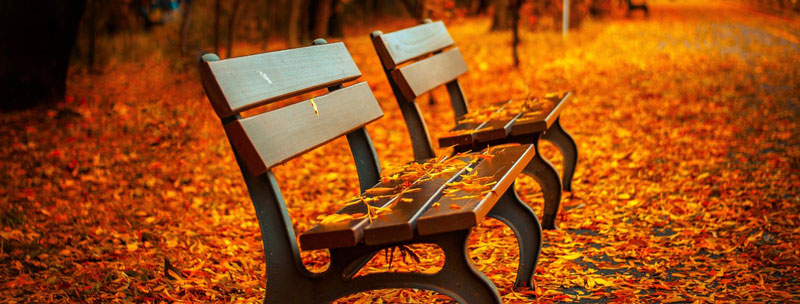 CYCLES: AUTUMN
CYCLES: AUTUMNTHE SEASON OF METAL ENERGY
The Work of Autumn: Cleaning Out Old Negativity
In autumn we learn more about ourselves, perhaps, than in any other season. Having provided the harvest, Nature now makes everything bare. In this season Nature lets go of its abundant creation of the past year in a grand final display. Autumn marks the end of the growing season – a turning inward, a falling away of outer-directed energy. Leaves turn color and drop. The old leaves go back to the earth, enriching it to promote the coming of new leaves, a new harvest.
Nature instructs us about our own cycles of creating and letting go: Trees in autumn don’t stubbornly hold onto their leaves because they might need them next year. Yet how many of us defy the cycle and hold onto what we’ve produced or collected – those decayed leaves, that old negativity? How can we hope for a harvest next year unless we let go of the old and start afresh?
The energy of this season, more than any other, supports our letting go of the waste, the old and stale in our lives, leaving us receptive to the pure and new, granting us a vision of who we are in our essence. Autumn returns us to our essence, moves us to eliminate what we no longer need, reveals again what is most precious in our lives.
In Chinese medicine, autumn is the season of the element Metal (or air). Grief is the emotion of the Metal element. We all experience loss, separation, and “letting go,” and we appropriately feel grief at those times. Grief cleanses us of what is no longer needed in our lives. When the energy of Metal is blocked or imbalanced within us, our expression of grief likewise becomes imbalanced and inappropriate. It may be excessive and ongoing. Or, in the other extreme, it may be absent, as in those who cannot express their grief.
The Colon and Letting Go
The Colon, one of the two organs in the Metal element, has the function of eliminating what is unnecessary or toxic from our bodies. But we are more than just physical bodies. Think of the daily onslaught of “garbage” directed at our minds and our spirit. We need to eliminate mental and spiritual rubbish, lest our minds become toxic and constipated, unable to experience the pure and the beautiful that also surround us. The Colon function on the mental and spirit level enables us to let go of all this waste.
The Lungs and Inspiration
There is more to this season than “letting go” – it is also a time to take in the pure. The air in autumn takes on a new crispness. Think of waking up on a brisk fall day and filling your lungs with that clean, cool autumn air. The Lung, the other organ contained within the Metal element, enables us to take in the pure, the new. It grants us the inspiration of a breath of fresh air. In classical Chinese medicine, the Lung is described as “the receiver of the pure Chi from the Heavens.”
The Lung and Colon work together as a team, one taking in the pure, the other eliminating waste. If these organs failed to do their jobs, imagine what might result – certainly we might experience physical ailments of the Lung and Colon such as bronchitis, shortness of breath, cough, allergies, nasal congestion, emphysema, colds, sore throat, constipation, diarrhea, spastic colon, and abdominal pain. But what happens to our mind and spirit if waste keeps building up and we are unable to take in purity? How are we apt to feel? Instead of tranquillity and inspiration, spontaneity and freshness, we feel depression, stubbornness (inability to “let go”), isolation, negativity. We see the dark side in everything, all the things that could go wrong. Of course, we would not choose to act and feel that way any more than we would choose to have constipation – but in this condition of imbalance, that is how we must be.
Further, if we view our body as a community of different organs and functions, it is easy to see how any organ could break down if its waste was not carried away and allowed to fester. In this view, we can see how foolish it is to simply treat a symptom. We must find the cause. If the cause is an imbalance in Metal – if the Lung is unable to take in the pure, or the Colon unable to eliminate waste – we must first restore that function. Then the resulting symptoms will improve, regardless of how they manifest.
Just as metals give value to the earth (gold and silver, minerals and trace elements), the Metal element within us gives our sense of self-worth. Each of us is a miracle of creation, more valuable and special than anything we could ever pursue; each of us has a unique and priceless contribution to make. Yet when our Metal energy is imbalanced, we cannot sense our value; so we compensate by seeking what we think will add to our worth: status, money, power, conquest – none of them bad or wrong of themselves, although our pursuit of them can be a symptom. Once we have acquired these things, however, we remain strangely unfulfilled. Persons with a Metal imbalance seek respect, quality, and recognition from the outside because they feel the lack of worth within. These are people who have difficulty “letting go” because they identify their own worth with “things” – achievements, attachments, collections, possessions, attitudes stored in the cluttered attic of the mind.
Restoring our Metal
In the season of autumn, the Metal element is at its peak and particularly amenable to treatment. Fortunately, using the system of Chinese medicine, we can resurrect and rebuild the Metal within us – in its physical expression as well as in mind and spirit. Acupuncturists help restore our Metal using needles and their knowledge of energy. We also can help ourselves by learning about the nature of the season and then acting in harmony with its spirit.
As Nature moves into a period of rest, we too must be cautious not to overexert. The time for “putting it all out there” – the summer – has passed. Now is the time to contain ourselves, acting and speaking only when necessary, behaving with economy, exerting our will quietly and calmly. Those of us in the “autumn of our lives” must protect ourselves from the extremes of hot and cold within this season.
Acupuncturists often use the following four points located on the Lung and Colon meridians (energy pathways) when treating the energy of the Metal element. Each of these points has a spirit and purpose, as do all of the more than 300 acupuncture points on the body. When used at the right time, a point’s effect is profound.
Lung 1: Middle Palace.
This point can take patients to the very core of quality within themselves. Its name evokes the image of the emperor’s palace. The Chinese considered their emperor to be divinely inspired, an enlightened representative of Heaven on earth. He dwelled in a palace of unsurpassed beauty, richness, and quality. The Middle Palace is the innermost core of that breathtaking richness. We all have such a place within ourselves. At the right moment in the treatment process, this point can take patients to that deep place. In some circumstances, the experience can literally transform a life.
Lung 9: Very Great Abyss.
In the course of our lives, we may become polluted-bodily, mentally, and spiritually. Many of us, for example, have been told from childhood that we were “bad,” that we were failures, disappointments, losers, not good enough. Such negativity may come in faster than we can eliminate it, and everything new we take in becomes tainted by the poison within us. We may feel we’re in a rut, with garbage piled everywhere. We can’t find a way out, nor barely see for the darkness that surrounds us. For an acupuncturist to take us into the “Middle Palace” at this stage would be foolish, overwhelming. First, we must be taken out of this toxic pit-this very great abyss.
Colon 18: Support and Rush Out.
For a patient who has been unable to “let go” for a long time, it feels almost normal to collect more and more garbage. To let go is a frightening prospect-what will be left? But when the trees let go of the past year’s leaves, nature has something new in store. The end of one cycle gives rise to the next. As we let go of what we thought was ourself-physical waste, old habits, beliefs, assumptions, and identifications-we are supported by a new vision of who we are without all that old “stuff.” Sometimes we can’t let go little by little. We may be too stuck. We may need to let it rush out, supported by a new and clearer vision of our true selves, the inner treasure. At the right time, then, this acupuncture point, “Support and Rush Out,” and no other, may be the one to turn the course of disease.
Colon 20: Welcome Fragrance.
The Colon meridian ends just to the side of the nose with this point. Having let go of the old and stale, our first breath of pure new inspiration will be a welcome fragrance. When our Lungs and Colon function as nature ordained they should in our body/mind/spirit, then simply living our lives through the highs and lows, through sunshine and dark clouds-every moment, every new experience-can in its own way be a treasure, a Welcome Fragrance.
Welcome Autumn!
Suggestions for living in harmony with the autumn season:
- Go through your closet, desk, garage, medicine cabinet – any cluttered storage area-and discard what you no longer need. Then donate, sell, or otherwise circulate what might be of value to others.
- Do a mental inventory: Examine attitudes (prejudices, envies, hatreds, jealousies, resentments) stored within your psyche. When possible, contact those with whom you harbor old “stuff.” Attempt to resolve the hurtful old issues, and then let them go.
- For issues you cannot resolve directly with others, or for old issues with yourself, write them on paper, being as specific as possible. Then burn the paper, symbolically releasing the content.
- Take time each day to breathe slowly and deeply. As you inhale the clean autumn air, feel yourself energized and purified. Feel the old negativity, impurity, and pain leave your body and psyche. Then contemplate briefly who you are without these identifications.
Copyright 1997 by Neil Gumenick
[
Veterans Choice Program
To the Point Healthcare has been approved as
a Veterans Choice Program Provider.
For Veterans who have faced unacceptable waiting times for needed medical care, or for whom a regular VA medical facility is inaccessible, the Veteran Choice Program (VCP) will make it possible for you to receive the needed care from a non-VA health care provider in your community.
For More information and Program Requirements go to
How Does Acupuncture Work ?
Watch this cool video to better understand the basic concept.
